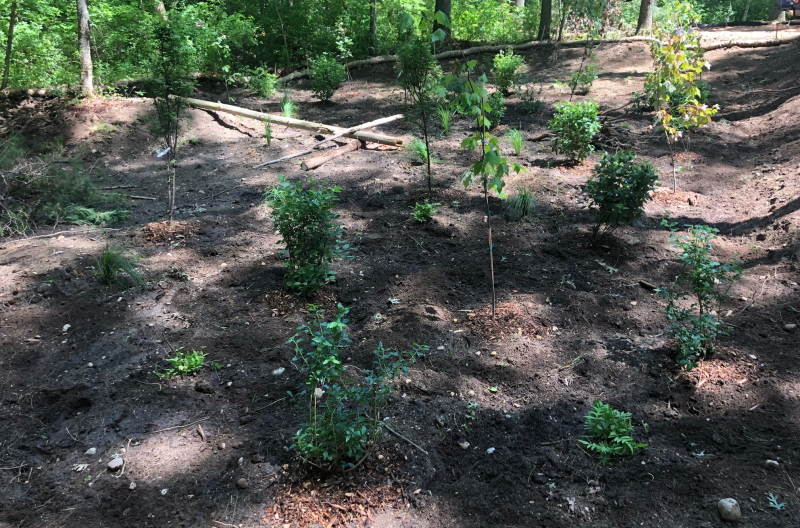Wetland restoration is the manipulation of a former or degraded wetland’s physical, chemical, or biological characteristics to return its natural functions. Wetland replication is the creation of new wetland areas to replace areas of wetland impact. Wetland replication is designed to recreate a wetland’s physical, chemical, and/or biological characteristics.
Wetlands can play a role in reducing the frequency and intensity of floods by acting as natural buffers, soaking up and storing a significant amount of floodwater. A wetland can typically store about three-acre feet – three acres covered in water three feet deep – or one million gallons of water.
Coastal wetlands serve as storm surge protectors when hurricanes or nor’easters come ashore. In the Massachusetts coast area, barrier islands, shoals, marshes, forested wetlands and other features of the coastal landscape can provide a significant and potentially sustainable buffer from wind-wave action and storm surge generated by tropical storms and hurricanes.
Let’s discuss your project and see how we can help with your wetland restoration project.

